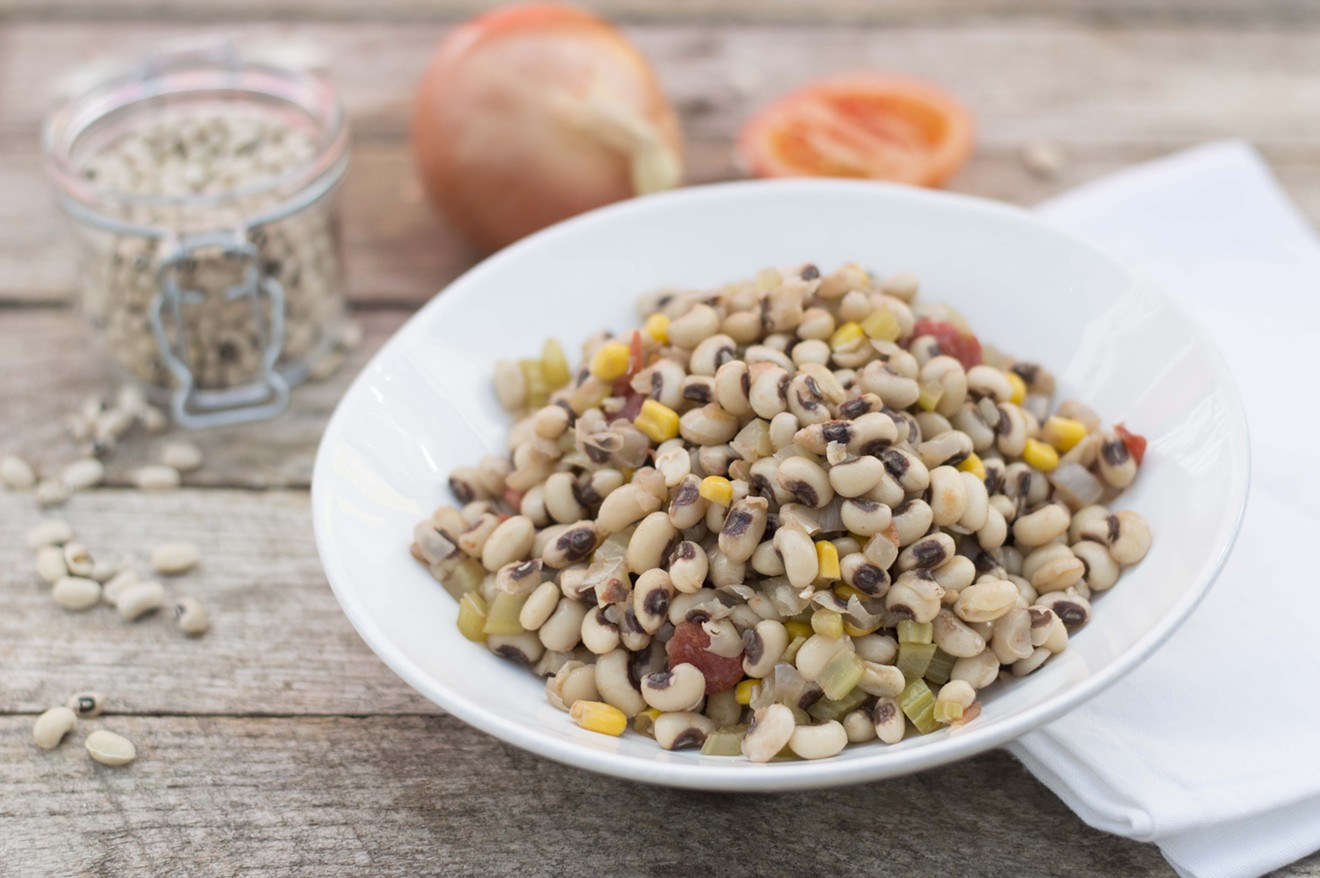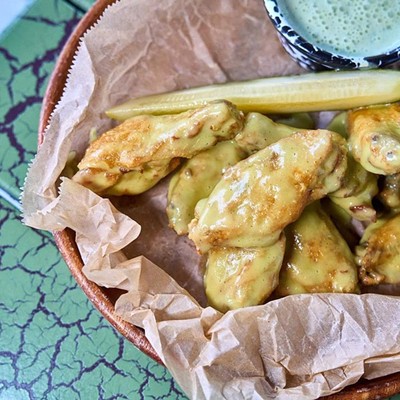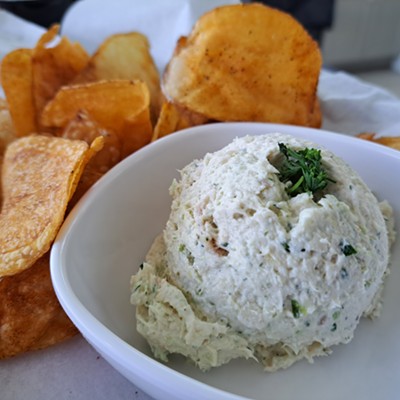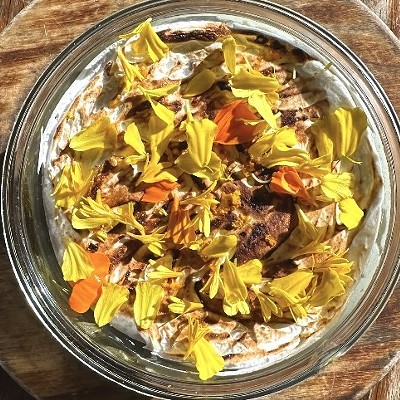The New Year is finally here, and with it came the return of some of our most treasured time-honored traditions. Everyone celebrates the New Year in their own special way, but there are some commonalities. Your New Year’s celebration might have involved fireworks, a church service or a champagne toast among other things. It’s also pretty likely that you ate an auspicious meal on Jan. 1st featuring black-eyed peas and collard greens — this is especially true for those of us in the South.
Hoppin’ John, which is a savory Southern staple that consists of black-eyed peas and rice, is a must-have for multitudes on New Year’s Day. Same thing for collards. Both of these items are thought to bring about good fortune and prosperity for the year. But what is it about these legumes and leafy greens that make them so lucky? To find out, we have to trace back to their origins. And that journey takes us all the way to Africa.
“People don’t realize that traditions from Africa remain with us,” said local historian Dr. Jamal Tourè.
“Black-eyed peas had come to America via Africa. . . Our ancestors indicated that the field peas were good luck. So that tradition is coming across the water, and here we call it Hoppin’ John,” he explained.
Millions in the African diaspora eat field peas and rice in a variety of ways based on their unique cultures and traditions. Some people in the Caribbean may call it Peas and Rice, while Haitians call it Riz National. Despite the different names and cultural variations, the dish connects all of its consumers to Africa.
“It’s about bringing about good fortune for the year. And collard greens also. It’s a part of traditions. . . What people generally call American cuisine, a large part of it is actually African cuisine. Most of us don’t realize that,” Tourè expressed.
Cooked leafy greens are common in culinary traditions across the African continent. Collard greens specifically originated in the Mediterranean, however, they were introduced to the Americas by Africans in the 1600s. Collard greens remain a staple in African American and Southern cuisines, often eaten with cornbread.
“You go to West Africa, there’s a dish there they call Kenkey,” Tourè began.
Made with fermented white corn, “it’s [like] cornbread, and they’re eating that in West Africa. And so, again we see these traditions,” he continued. “So we all look at New Year’s Day in particular, we see Africa manifested absolutely with the people who are eating Hoppin’ John around the entire country. And again, this is Africa alive with us. Africa lives with us and the foodways are the best example of seeing our history.”
Lisa Jackson is the education and community outreach liaison at the Savannah African Art Museum, and eating collards and black-eyed peas is a New Year’s tradition she’s very familiar with.
“I grew up with the tradition. . . I’m a New Yorker, but my family was Southern. My father’s from Georgia. My mother’s from South Carolina, so it was certainly something that we did. Black-eyed peas and collard greens, both were for prosperity. The collard greens were for green money, and the black-eyed peas were for small change. So, we always had that for dinner. Now the meat might be different, but you always had black-eyed peas and you always had your greens, and plenty of it,” Jackson recalled.
She grew up eating these foods, but she wasn’t always aware of their connection to Africa.
“It wasn’t until maybe 15 or 20 years ago when I learned that black-eyed peas were such a major dish in West Africa. I had no idea,” she explained.
Jackson was introduced to a staple of Senegalese cuisine, which are these black-eyed pea fritters called accara or akara. She once lived near a Senegalese restaurant that was located in her Brooklyn neighborhood, and the chef taught her how to make the fritters. She also came across another African and American culinary intersection recently after spending Christmas with a friend from Ghana.
“William Kwamena-Poh, who’s a fine artist here. I was at his house on Christmas Day, and his sister had made black-eyed peas. I had no idea that it was a tradition not necessarily for the New Year, but also around the holiday season. So it made an Africa connection [beyond] just being something I grew up with and thought was just a Southern tradition. Maybe perhaps it was a Southern tradition that was passed on from our African culture. . . We are more African than we know, and I’m learning that every day,” Jackson expressed.
Black-eyed peas aren’t just popular within the African diaspora. The Jewish community is also known to enjoy the field peas during Rosh Hashanah, which is the Jewish New Year. Though this custom is not as well known.
“I’m not so familiar with the New Year tradition of black-eyed peas for Jews for the New Year,” said Rabbi Robert Haas of Congregation Mickve Israel, which is one of the oldest synagogues in the United States.
“I do know that the Black Eyed Peas pop group has performed in Israel, and I know in one of their songs they say ‘mazel tov’ because it’s really popular,” he laughed.
Though the music group isn’t the subject of this piece, one thing that many Americans can agree on is that the tradition of eating black-eyed peas and collards is a good way to start the year. And, who knows, maybe listening to the band at the same time might increase your luck as you enter the New Year. Here’s to 2023!

































